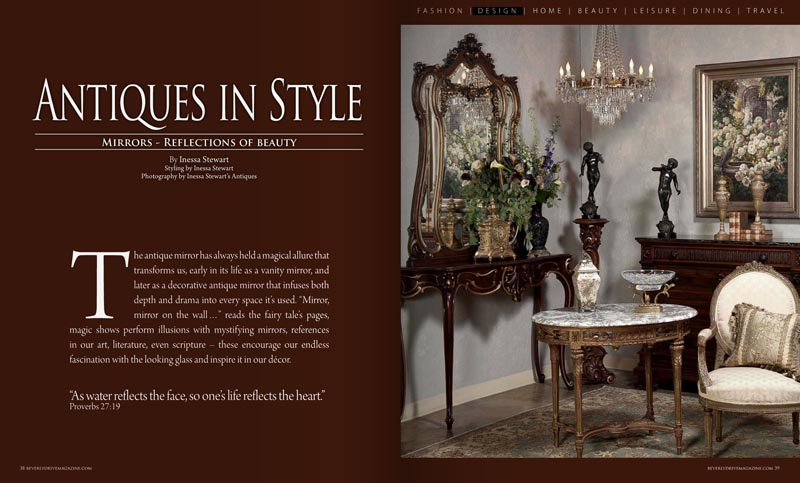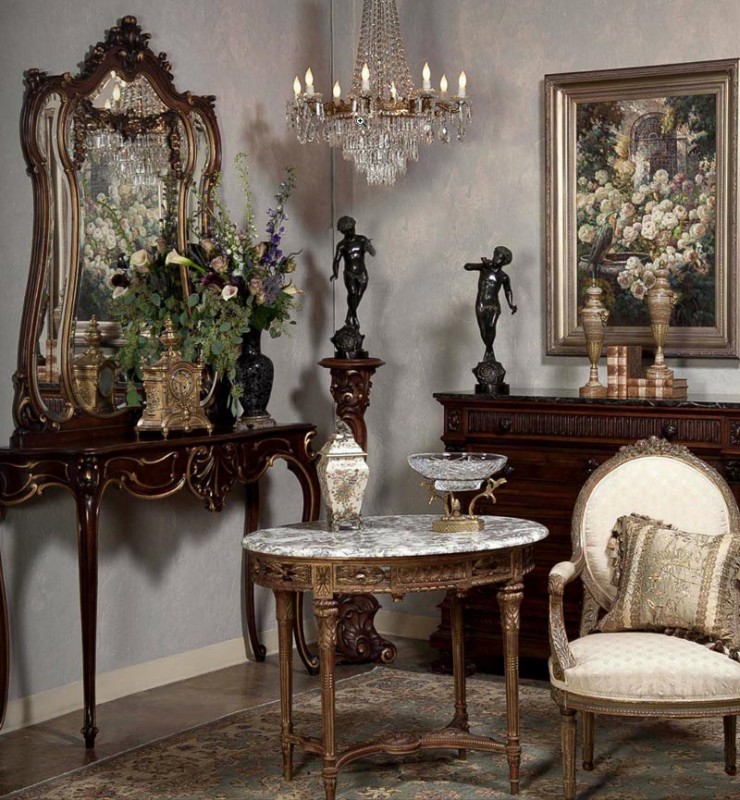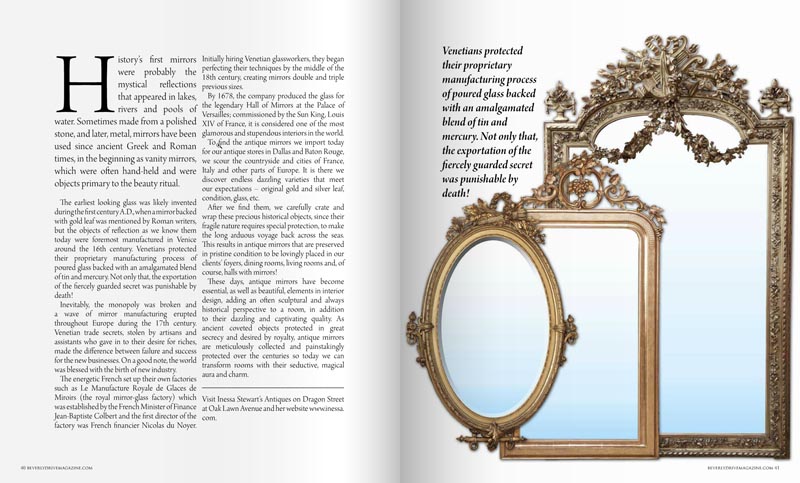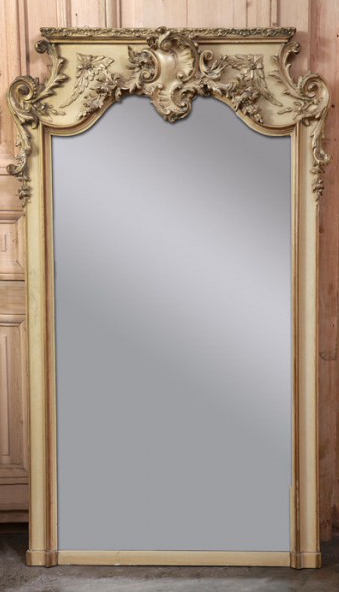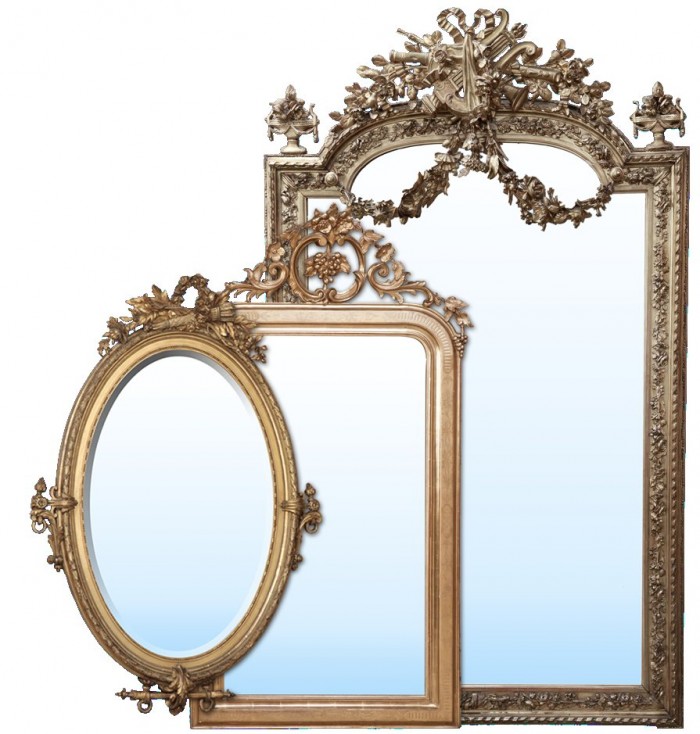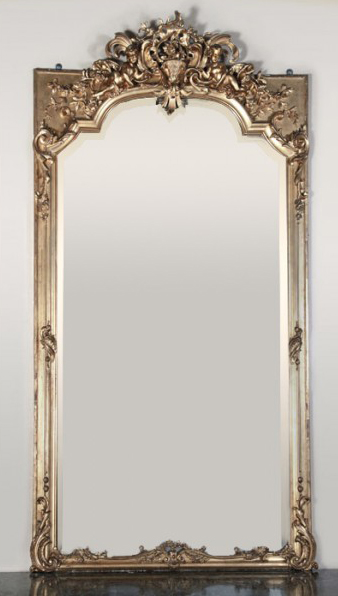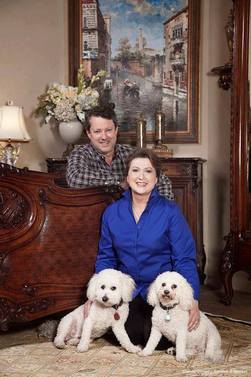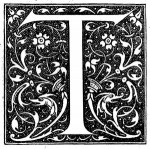 The antique mirror has always held a magical allure that has transformed us, first as the vanity mirror, and later as decorative antique mirrors that infused both depth and drama in every space they were used. “Mirror, mirror on the wall…” read the fairy tale’s pages, as well as illusions performed in magical shows ~ held our endless fascination with the looking glass in our art, literature, décor and even scripture.
The antique mirror has always held a magical allure that has transformed us, first as the vanity mirror, and later as decorative antique mirrors that infused both depth and drama in every space they were used. “Mirror, mirror on the wall…” read the fairy tale’s pages, as well as illusions performed in magical shows ~ held our endless fascination with the looking glass in our art, literature, décor and even scripture.
“As water reflects the face, so one’s life reflects the heart.” -Proverbs 27:19.
History’s first mirrors were probably the mystical reflections that appeared in lakes, rivers and pools of water. Sometimes made from a polished stone and later, metal, mirrors have been used since ancient Greek and Roman times, in the beginning as vanity mirrors which were often hand held, and were perfect objects of the beauty ritual. The earliest looking glass was likely invented during the first century AD, when a mirror backed with gold leaf was mentioned by Roman writers, but the objects of reflection as we know them today were foremost manufactured in Venice around the 16th century. Venetians protected their proprietary manufacturing process of poured glass backed with an amalgamated blend of tin and mercury. Not only that, the exportation of the fiercely guarded secret was punishable by death!
Inevitably, the monopoly was broken and a wave of mirror manufacturing erupted throughout Europe during the 17th century. Information can make the difference between success and failure, and so did the Venetian trade secrets that were stolen because artisans and assistants gave in to their desire for riches. On the other hand, the world was blessed with the birth of new industry.
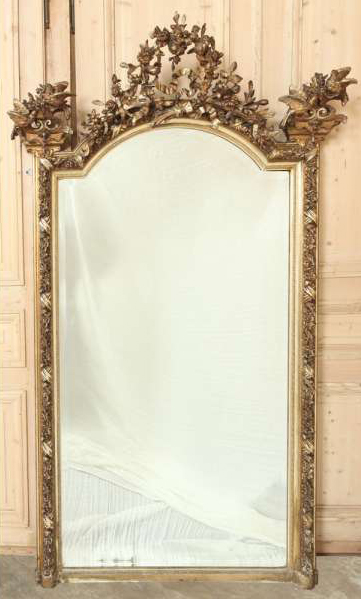 The energetic French set up their own factories such as Le Manufacture Royale de Glaces de Miroirs (The Royal Glass Factory) which was established by The Minister of Finance Jean-Baptiste Colbert and the first director of the factory was French financier Nicolas du Noyer. Initially hiring Venetian glassworkers, they began perfecting their techniques by the middle of the 18th century, creating mirrors double and triple previous sizes. By 1678, the company produced the glass for the legendary Hall of Mirrors at the Palace of Versailles, commissioned by the Sun King Louis XIV, which is considered one of the most glamorous and stupendous interiors in the world.
The energetic French set up their own factories such as Le Manufacture Royale de Glaces de Miroirs (The Royal Glass Factory) which was established by The Minister of Finance Jean-Baptiste Colbert and the first director of the factory was French financier Nicolas du Noyer. Initially hiring Venetian glassworkers, they began perfecting their techniques by the middle of the 18th century, creating mirrors double and triple previous sizes. By 1678, the company produced the glass for the legendary Hall of Mirrors at the Palace of Versailles, commissioned by the Sun King Louis XIV, which is considered one of the most glamorous and stupendous interiors in the world.
To find the antique mirrors we import today for our antique stores in Dallas and Baton Rouge, we scour the countryside and cities of France, Italy and other parts of Europe. It is there we discover endless and dazzling varieties that meet our expectations ~ original gold and silver leaf, condition, glass, etc. After we find them we carefully crate and wrap these precious historical objects, since their fragile nature requires special protection to make the long arduous voyage across the seas. This results in antique mirrors that are preserved in pristine condition to be lovingly placed in our clients’ foyers, dining rooms, living rooms and of course halls with mirrors!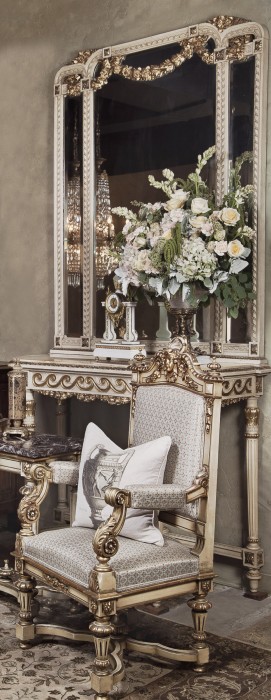
These days, antique mirrors have become a pat of an essential function as well as beautiful elements in interior design, adding an often sculptural, always historical perspective to the room, besides their dazzling and captivating quality. As ancient coveted objects protected in great secrecy and desired by royalty, antique mirrors are meticulously collected and painstakingly protected over the centuries so today we can transform rooms with their seductive magical aura of charm.
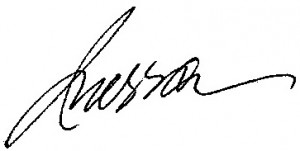
This article appeared in Beverly Drive Magazine. You can find more featured antiques articles on our blog by clicking here.

